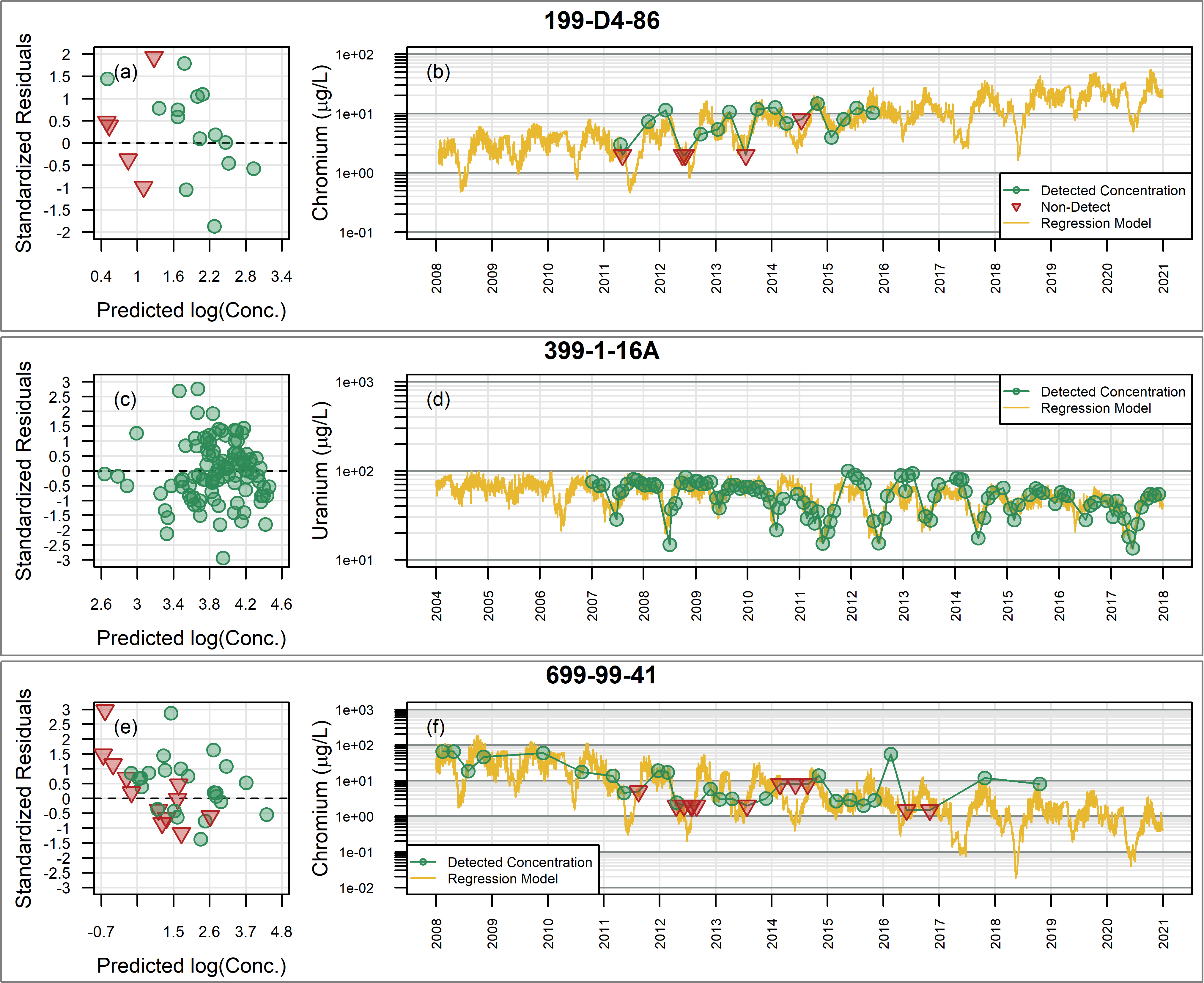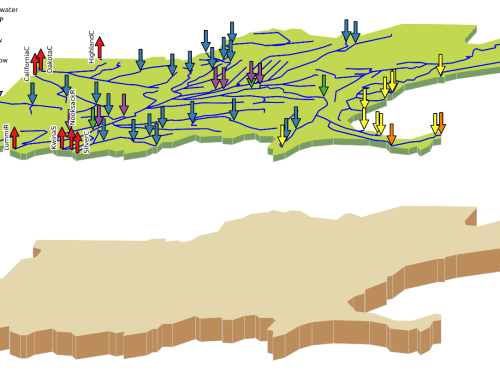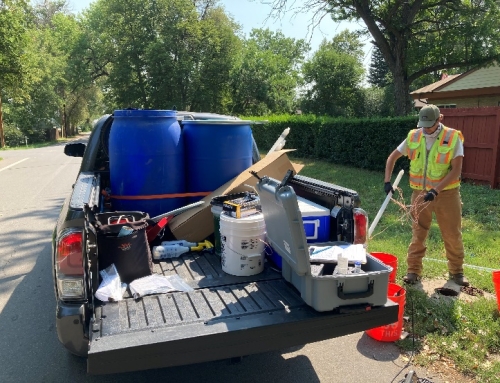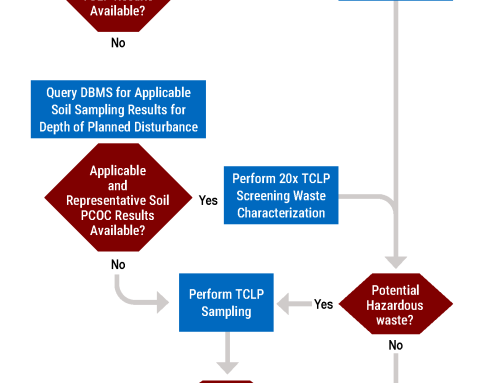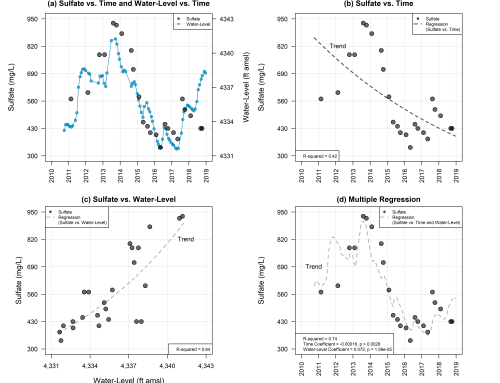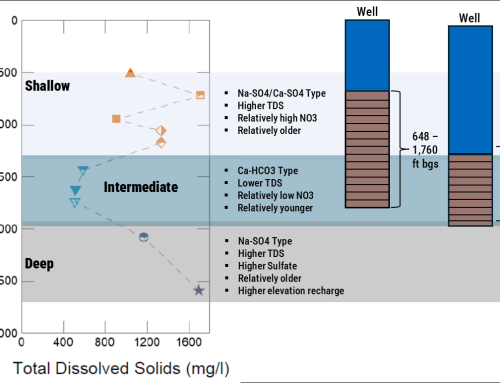The U.S. Department of Energy (DOE) Hanford Site transitioned over decades from a Manhattan Project mission to environmental assessment and cleanup. SSP&A was initially engaged to assess groundwater conditions and develop and apply models to design, evaluate, and optimize groundwater remedies for Comprehensive Environmental Response, Compensation, and Liability Act (CERCLA) operable units (OUs) across the Hanford Site.
Related analyses included developing a PHREEQC* reactive-transport surface complexation model of hexavalent chromium (CrVI) transport and rate-limited dissolution and mobilization, to evaluate the migration of CrVI into and through groundwater, and the likely benefit of various remedies including soil excavation, soil flushing, and in-situ fixation.
SSP&A also led the evaluation of monitoring data associated with Resources and Conservation and Recovery Act (RCRA) units and Atomic Energy Act (AEA) regulations using statistical and geochemical techniques to develop a technical approach and analysis template for evaluating dangerous waste management unit (DWMU) monitoring networks throughout the site and collaborated with other contractors in critical-path activities to complete studies and documentation supporting permit applications for those facilities. This work included calculation of background threshold values, comprehensive assessment of both inter- and intra-well approaches, statistical power, and evaluation of appropriate parametric and non-parametric methods for detection monitoring programs and temporal trend analysis methods for compliance and corrective action monitoring programs.
SSP&A also developed a censored multiple regression approach to allow for evaluation of long-term temporal trends when non-detects (i.e., censored data) are present and when predictable site-specific factors, such as groundwater-surface water interactions, are associated with or may cause concentration change. Furthermore, this method can be used to calculate upper and lower confidence limits (UCL/LCL) and estimate future concentrations over a range of plausible conditions and assess the ability of various remediation scenarios to achieve remedial action objectives by target cleanup dates.
*PHREEQC is a program for used for speciation, reaction-path, advective-transport, and inverse geochemical calculations.
Read more about the Hanford site on the U.S. Department of Energy website at: Hanford Site | Department of Energy
Project Details
Highlights:
Coordination with Federal, State, and Local Agencies
Data Interpretation
Environmental Reports
Expert Reports
Fate and Transport Modeling
Groundwater 3D Modeling
Groundwater and Surface Water Assessment
Groundwater Modeling
Historical Operations Review
NRDA
Stakeholder Engagement
Time-Series Data Reconstruction

